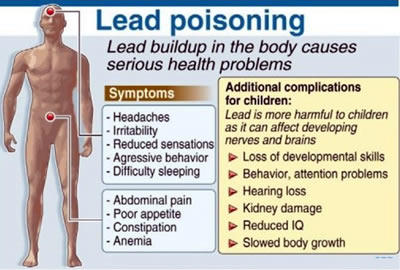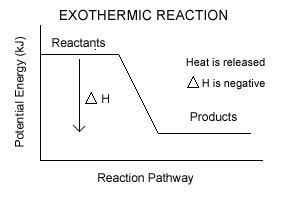- When Styrofoam packing peanuts are immersed in acetone (the primary component in some nail-polish removers), they dissolve. If the acetone is allowed to evaporate, a solid remains. The solid still consists of Styrofoam, but now it is solid and much denser. Explain. Hint: Remember that Styrofoam is made with foaming agents.
Answer:
Acetone dissolves the polymer, allowing the gas of the foaming agent to escape. The polymer collapses on itself and is more dense because the gas has been removed.
- Consider Spectra, Allied-Signal Corporation’s HDPE fiber, used as liners for surgical gloves. Although the Spectra liner has a very high resistance to being cut, the polymer allows a surgeon to maintain a delicate sense of touch. The interesting thing is that Spectra is linear HDPE, which is usually associated with being rigid and not very flexible.
a. Suggest a reason why branched LDPE cannot be used in this application.
b. Offer a molecular level reason for why linear HDPE is successful in this application.
Answer:
a. LDPE cannot be used in this application because it does not have required strength.
b. The molecules of HDPE must line up in a way that produces the required strength. Using a thin linear of HDPE allows sufficient flexibility.
- When you try to stretch a piece of plastic bag, the length of the piece of plastic being pulled increases dramatically and the thickness decreases. Does the same thing happen when you pull on a piece of paper? Why or why not? Explain on a molecular level
Answer:
When the piece of plastic is stretched , the strip narrows and “necks down”. The molecules become aligned parallel to each other and in the direction of the pull. This alteration of the three-dimensional structure is not reversible, and if the pulling continues, the plastic breaks. When the same pulling force is applied to a piece of paper, the paper tears rather than stretching to any significant extent. The cellulose molecules in paper are held far more rigidly in place, and are not free to become aligned.
- A Teflon ear bone, fallopian tube, or heart valve? A Gore-Tex implant for the face or to repair a hernia? Some polymers are biocompatible and now used to replace or repair body parts.
a. List four properties that would be desirable for polymers used within the human body
b. Other polymers may be used outside your body, but in close contact with it. For example, no surgeon is needed for you to use your contact lenses-you insert, remove, clean, and store them yourself. From which polymers are contact lenses made? What properties are desirable in these materials? Either a call to an optometrist or a search on the Web may provide some answers.
c. What is the difference in the material used in “hard” and ” soft” contact lenses? How do the differences in properties affect the ease of wearing of contact lenses?
Answer:
a. (1) Stable over time of intended use, (2) non-toxic, (3) ease of implantation, (4) low cost.
b. Several different types of contact lenses are on the market and each uses a different type of polymer. Polymethyl methacrylate (PMMA), one of the earliest polymers used for rigid gas permeable lenses, is structurally similar to Lucite and plexiglass. Silicone-acrylate materials now are more commonly used under trade names such as Kolfocon. Newer rigid gas permeable (RGP) polymers contain fluorine: fluoro-silicone-acrylate polymers and fluoro-silicones. Polymacon (38% water) is typical of the polymers used for soft lenses and is a polymer of 2-hydroxyethyl methacrylate (HEMA). Other methacrylates include hioxifilcon (48% water) and methafilcon (55% water) or even lidofilcon (70% water). Desirable properties include being non-toxic, permeable to oxygen, comfortable to wear, and not expensive. The ability to conform to the shape of the eye and to be easily cleaned are also desirable.
c. Hard contact lenses are typically made of PMMA, a rigid non-gas permeable plastic. The soft contact lenses that replaced them are made of silicone, which is flexible and allows oxygen to reach the eye. Because of these properties, the soft lenses tend to be more comfortable.











